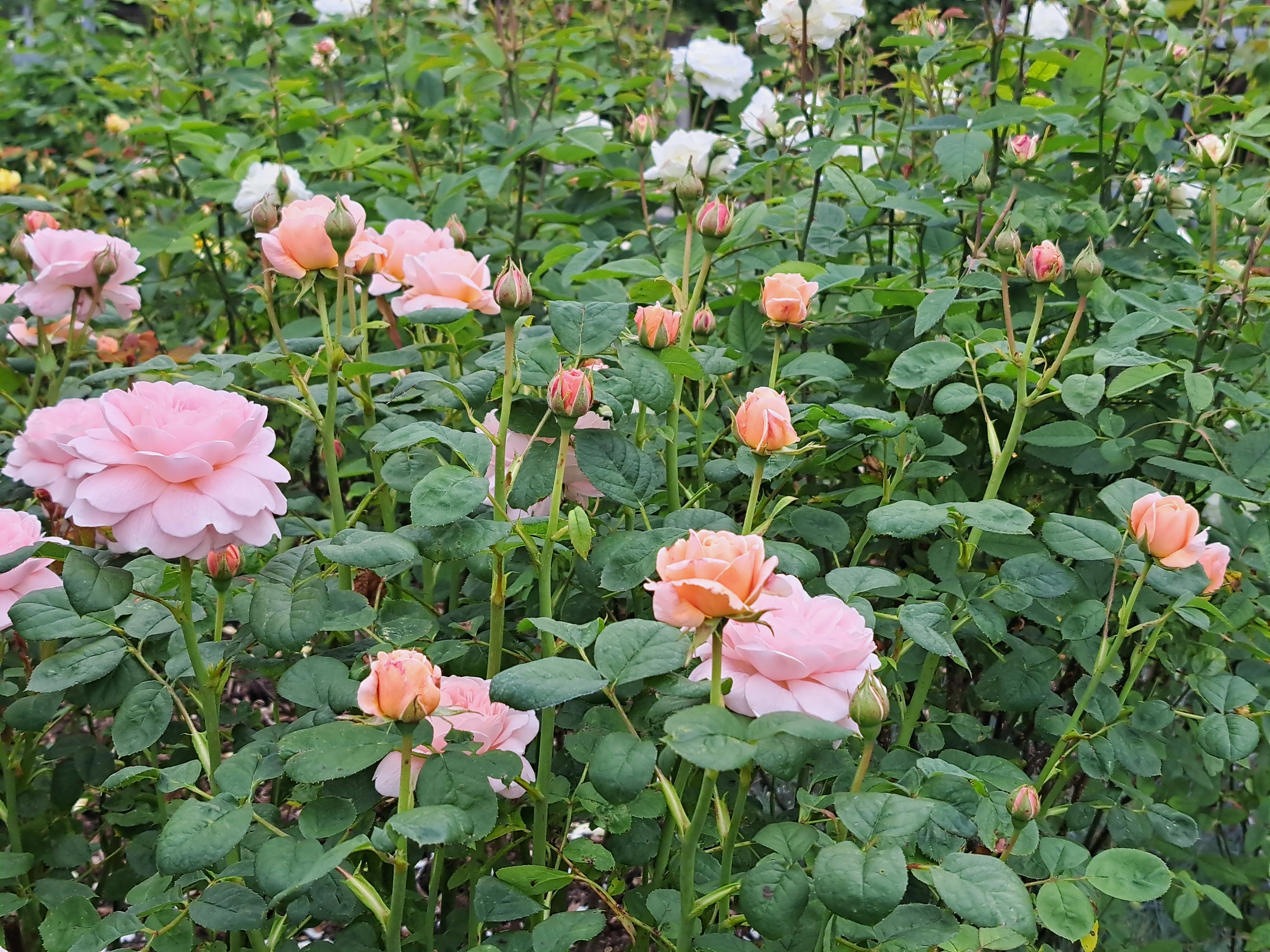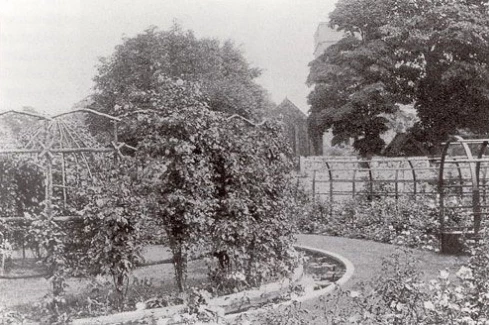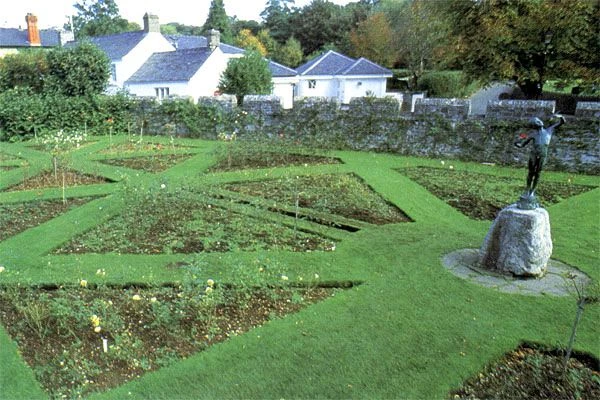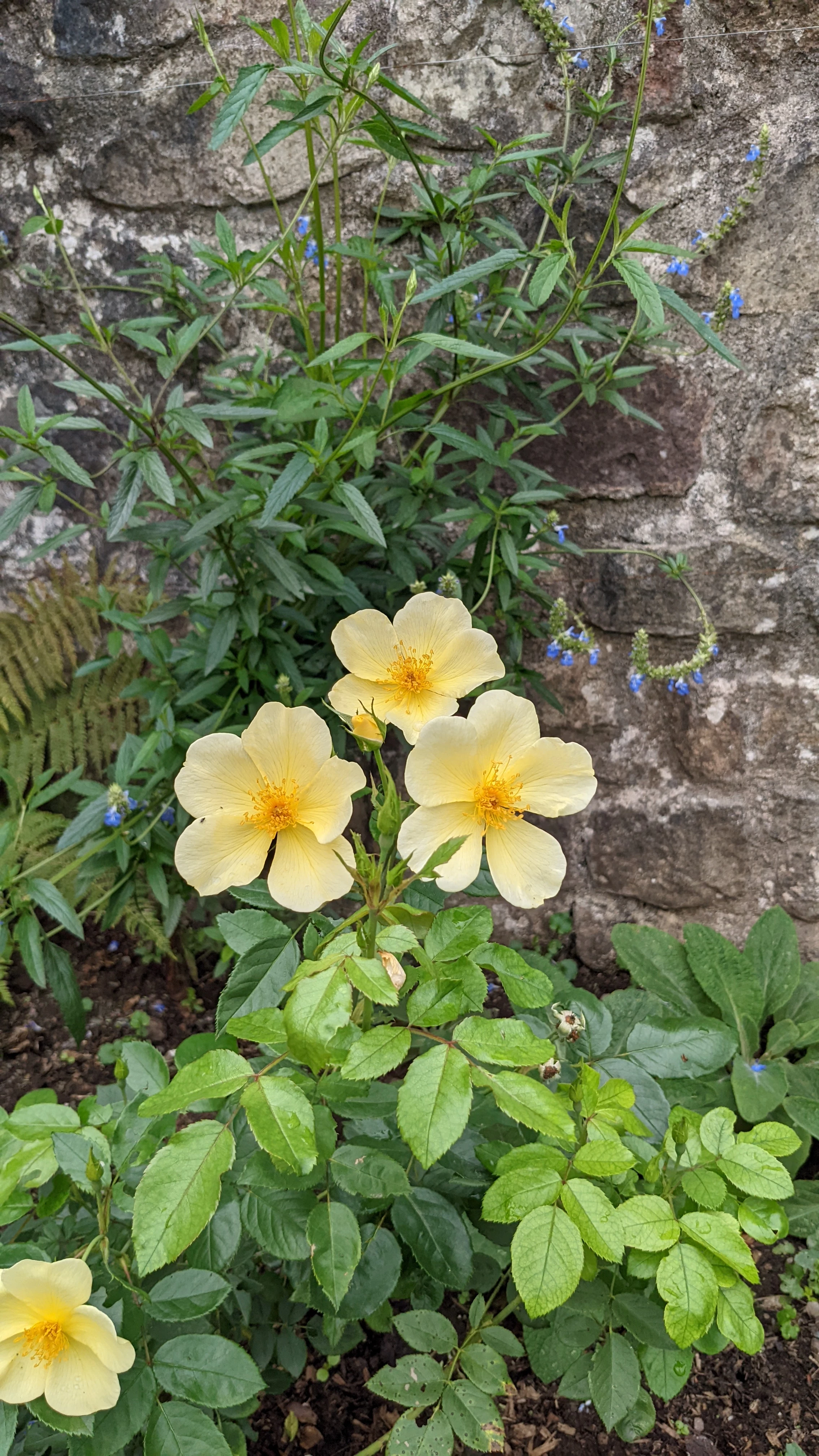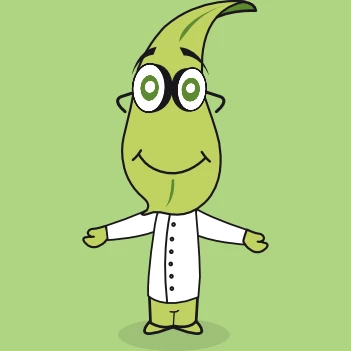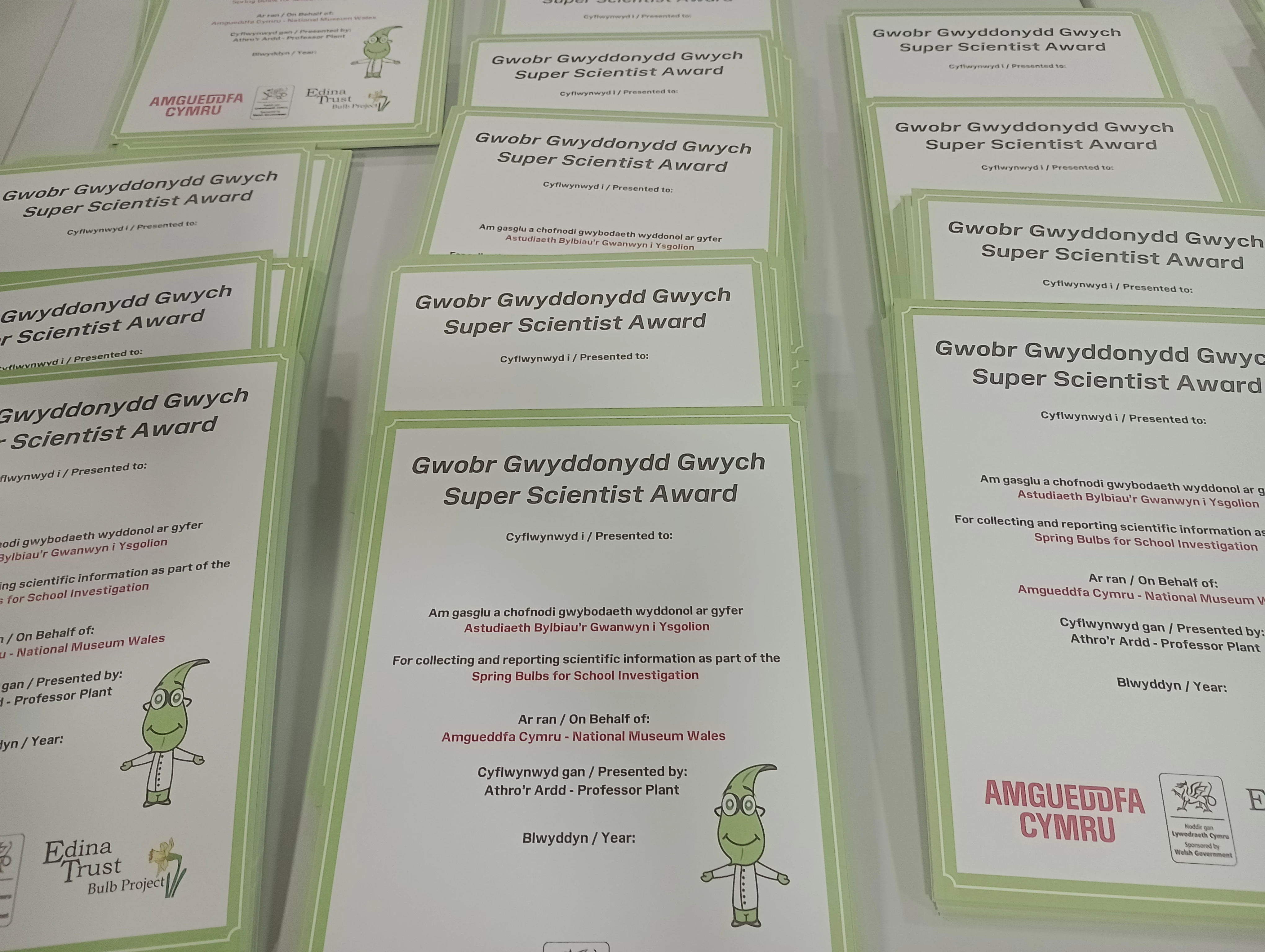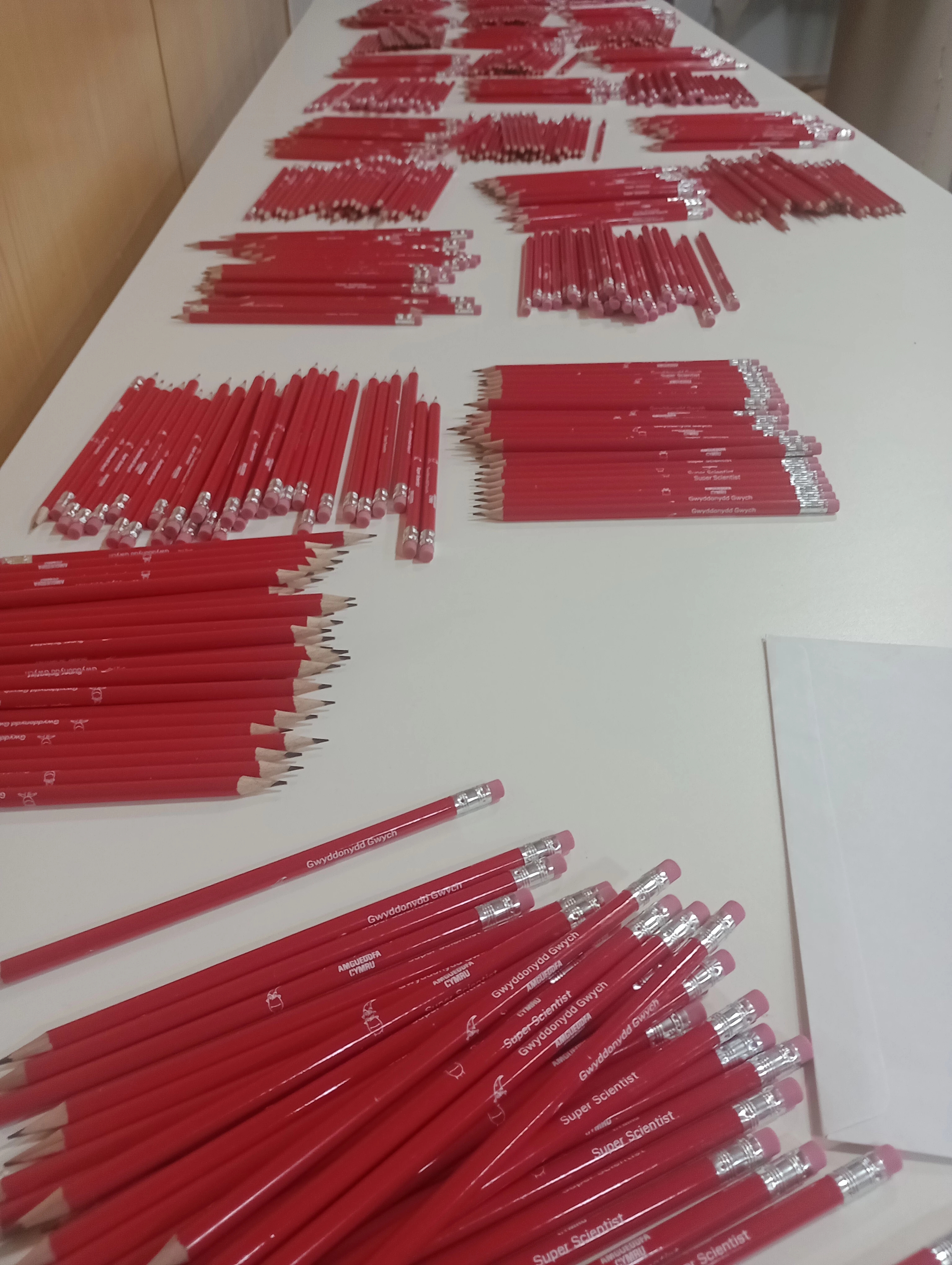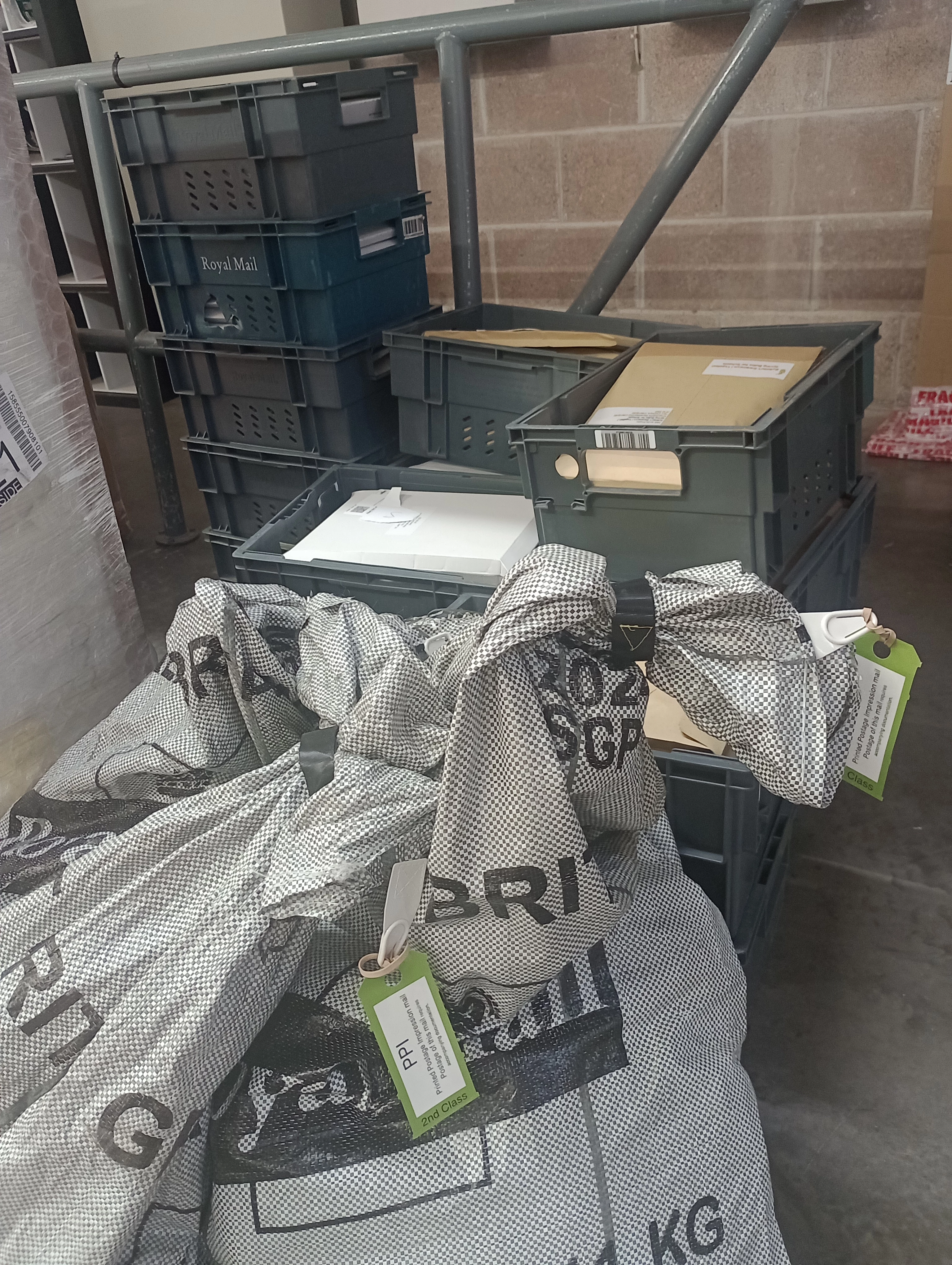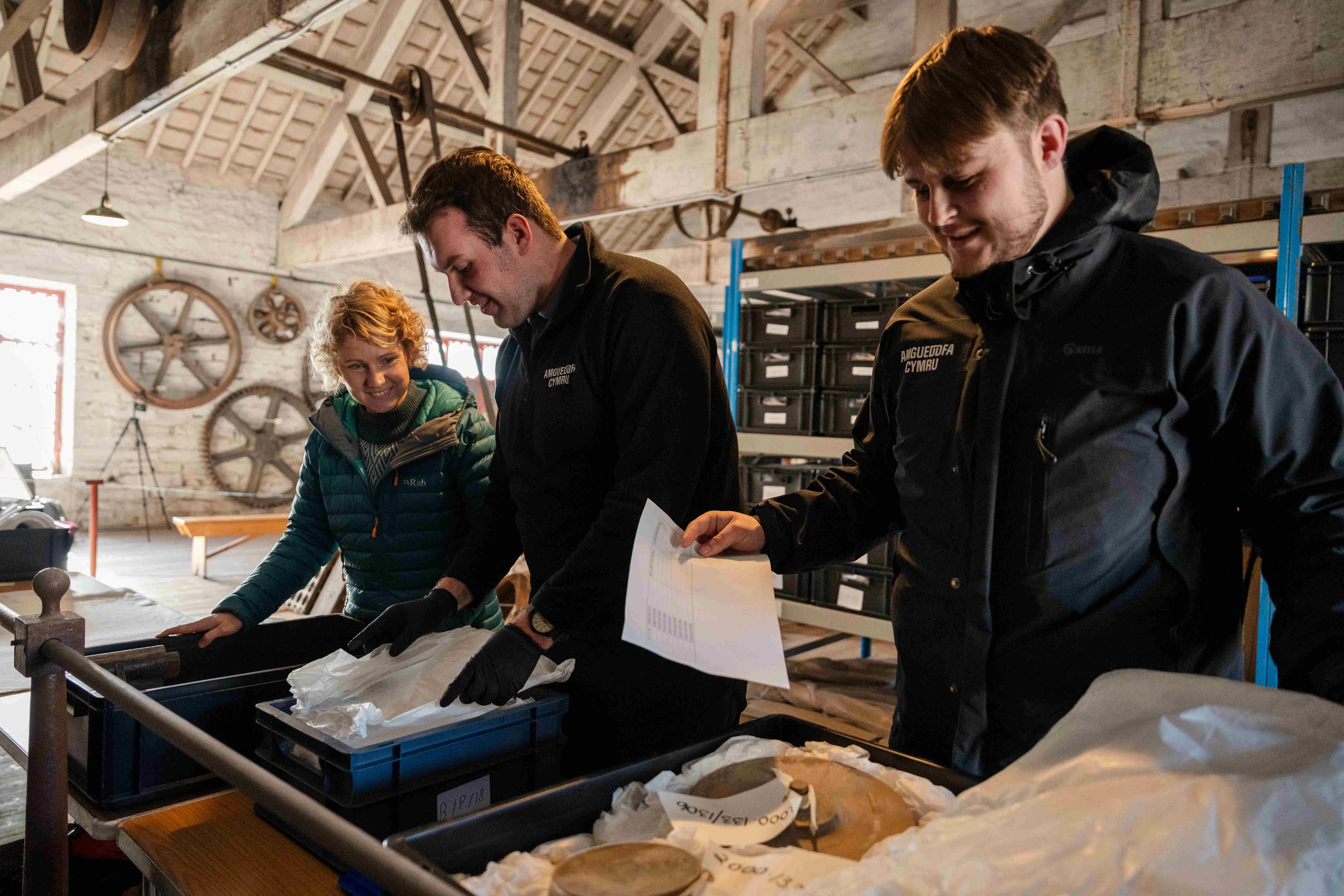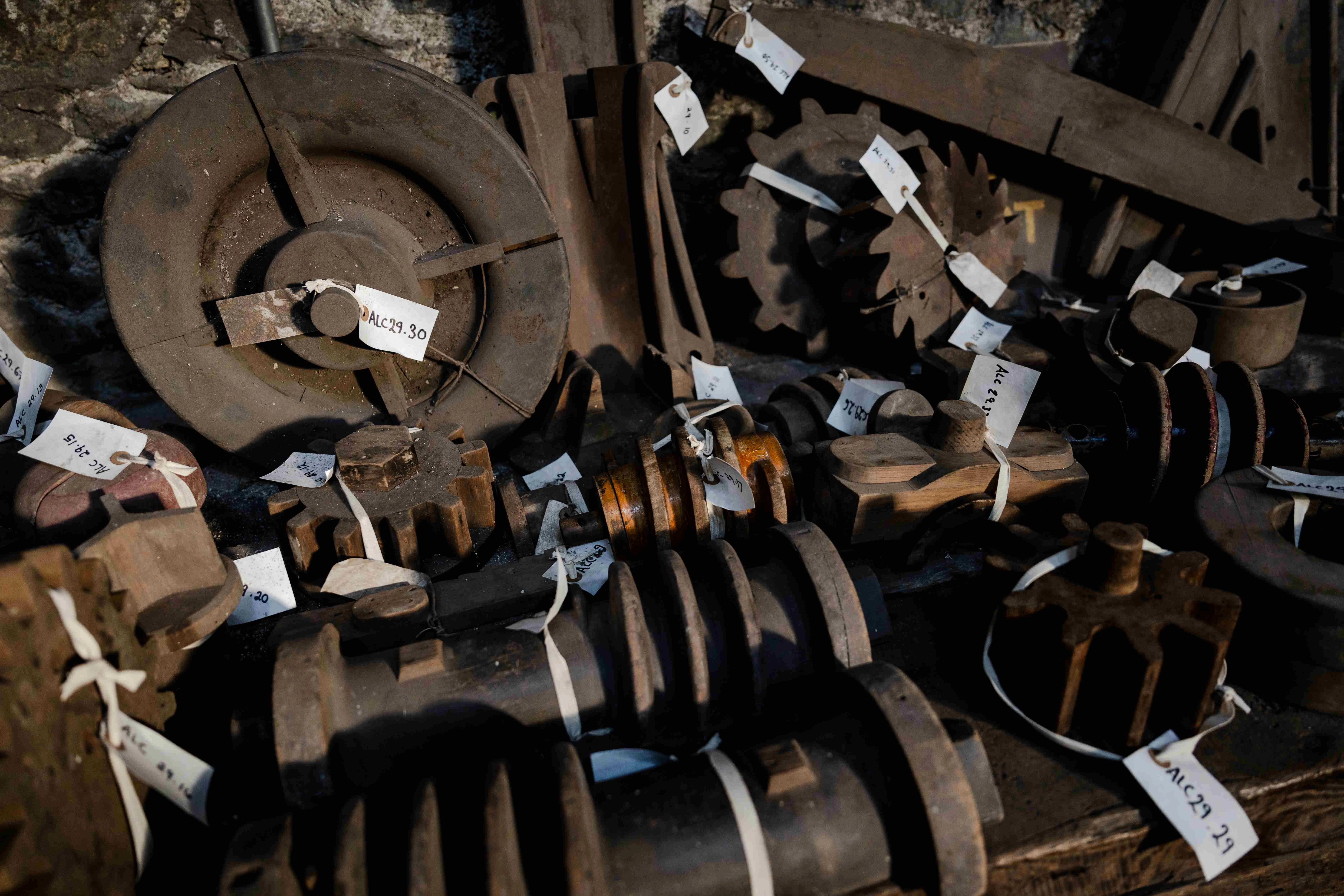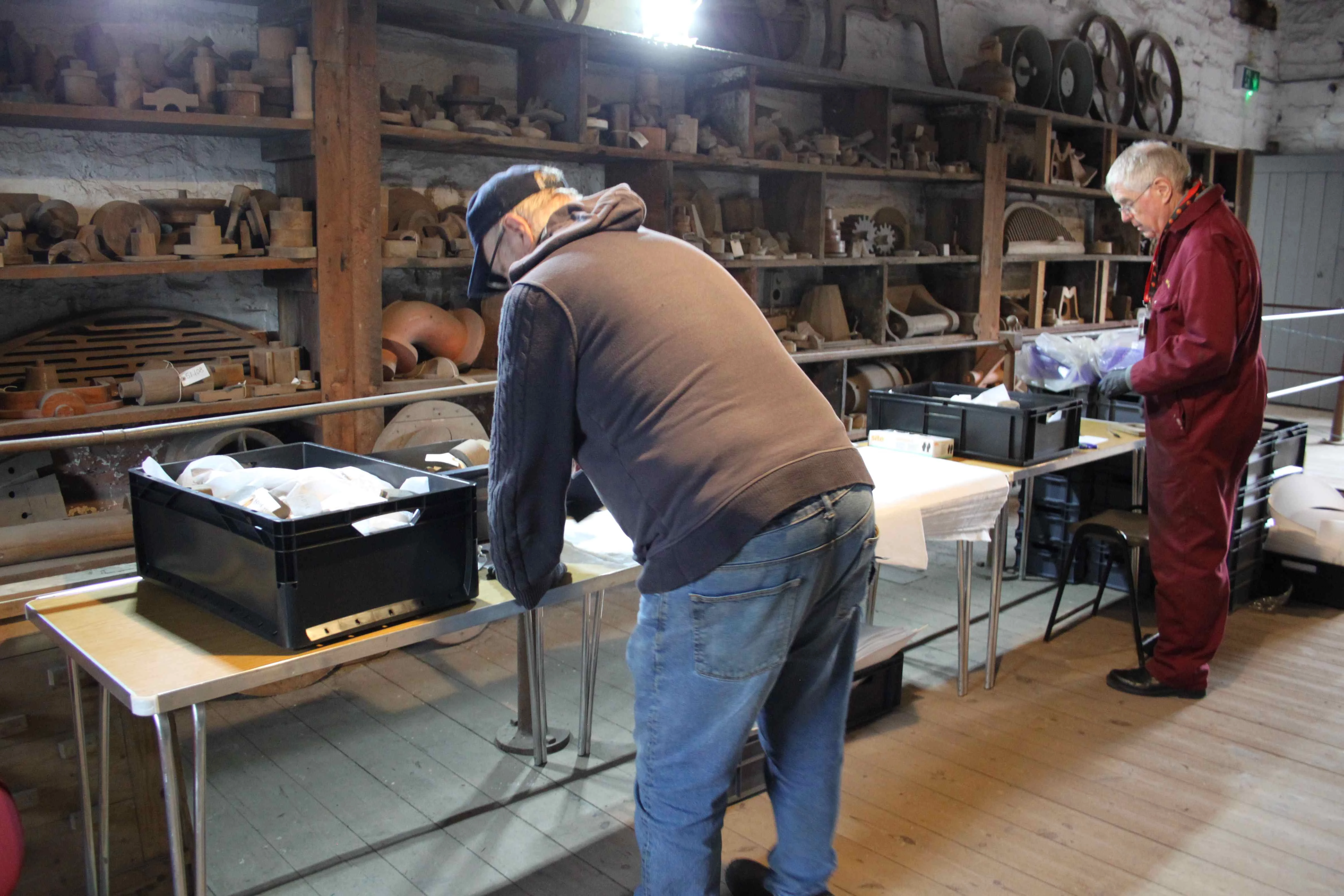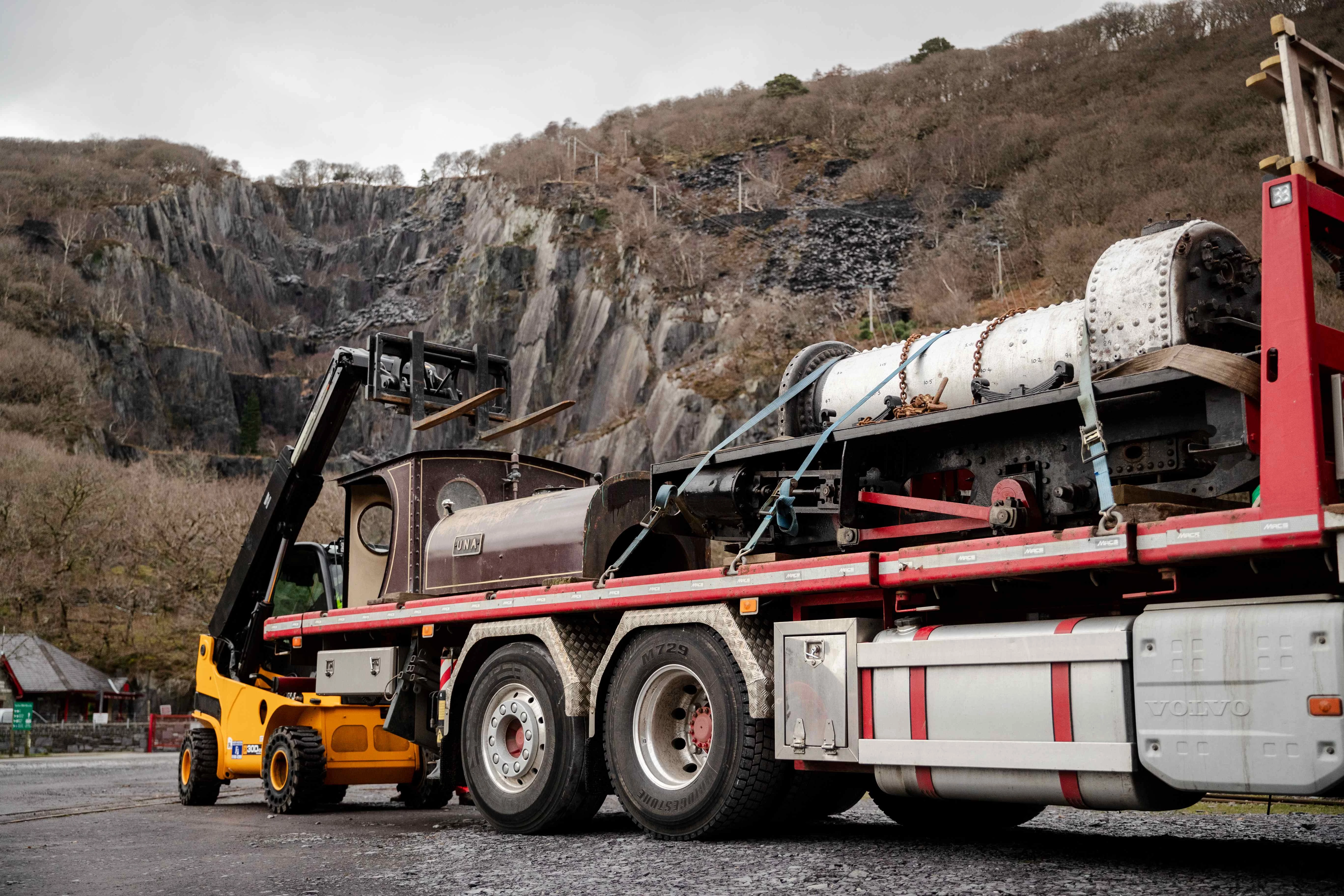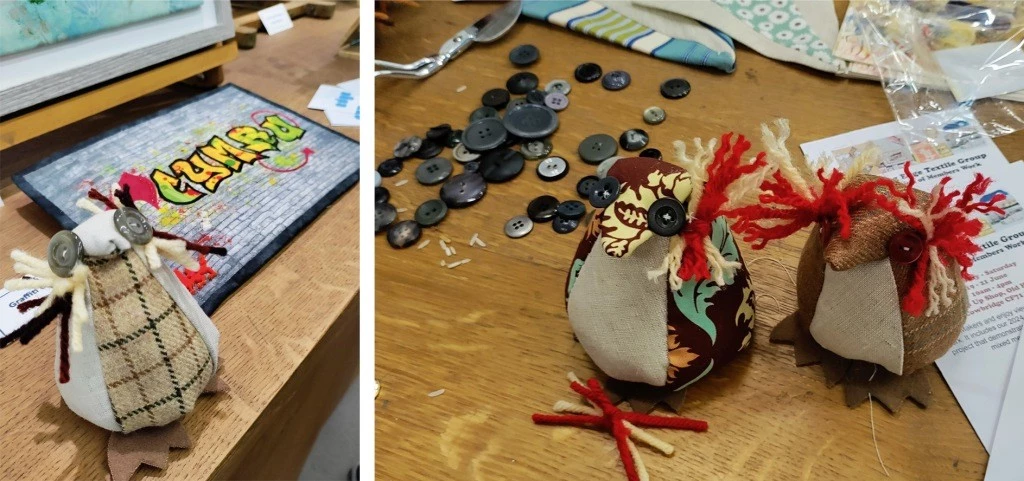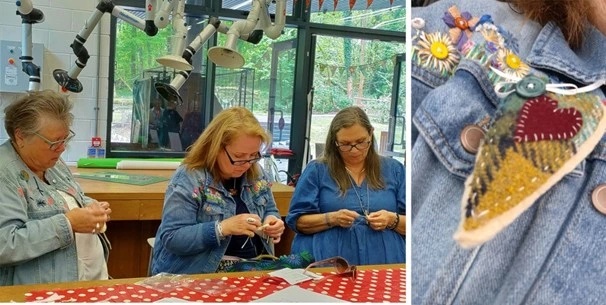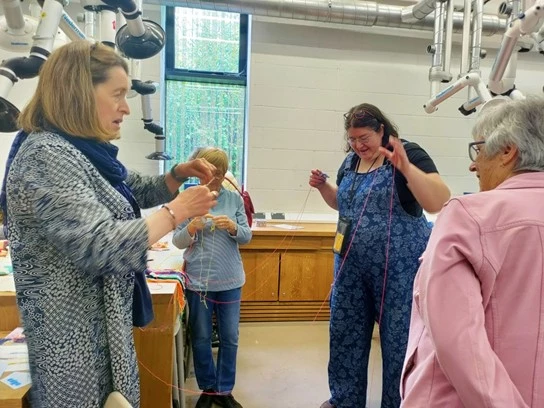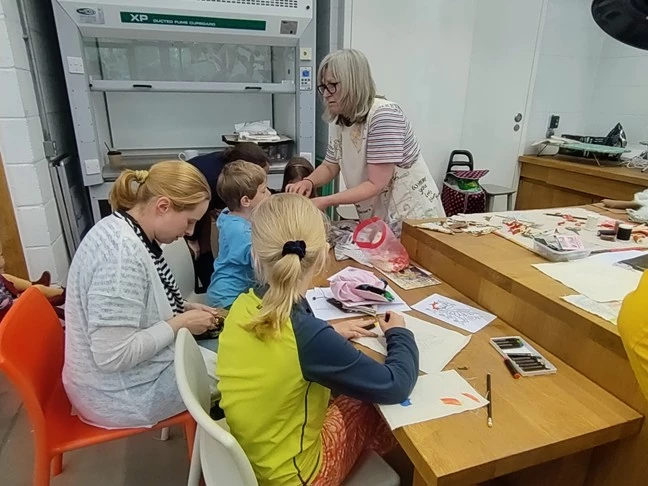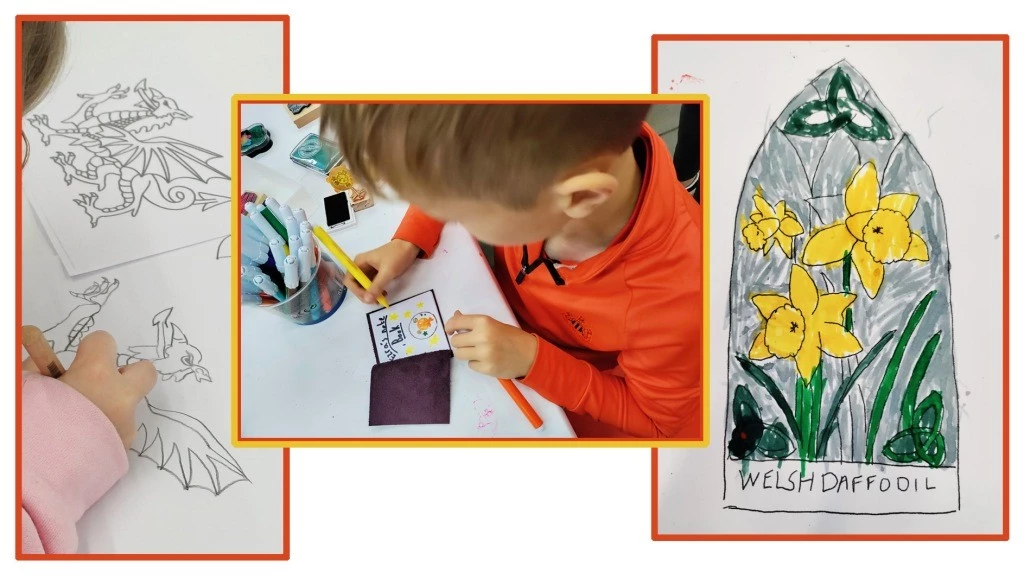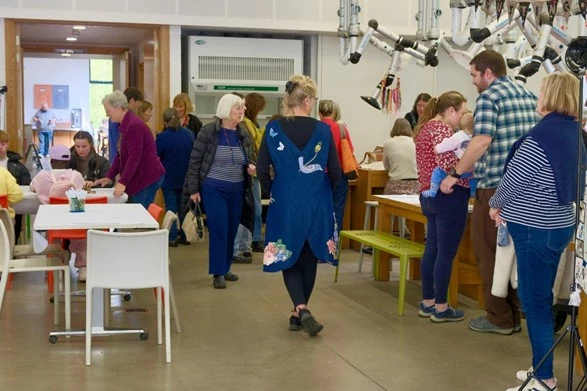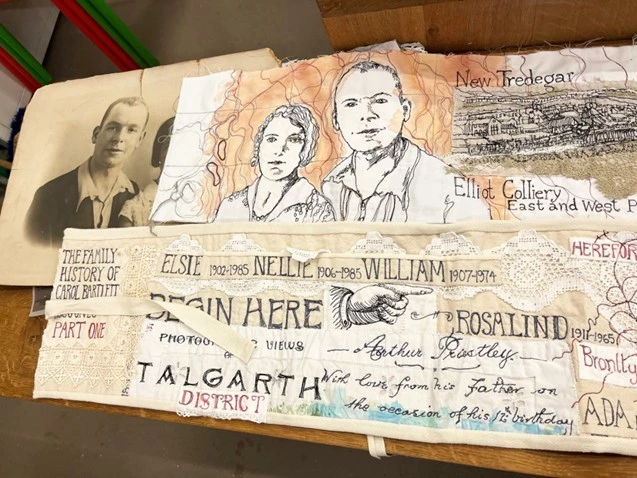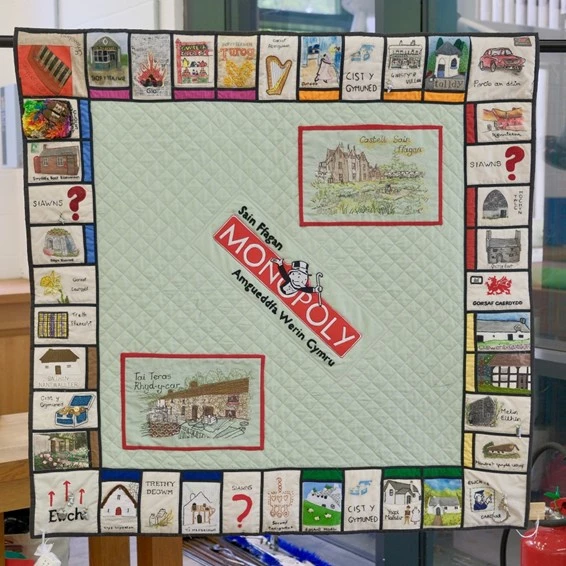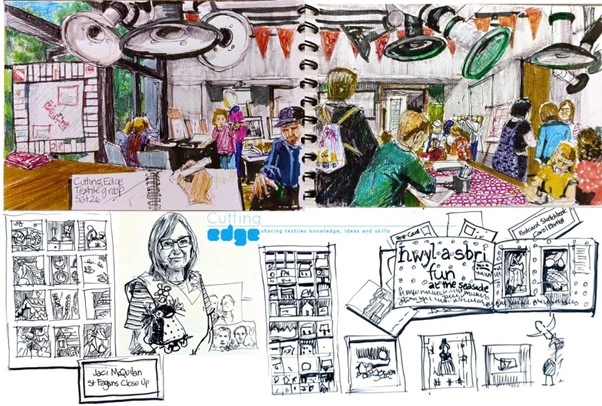A Garden Full of Roses and History
, 28 May 2025
At St Fagans National Museum of History, the rose garden, or Rosery, is full of colour and scent during the summer. But behind the beauty, there is a lot of hard work, and a long and interesting story.
The first Rosery was planned in 1898 by Hugh Pettigrew, the head gardener at the time. It had winding grass paths, trellises with climbing roses, and a canal planted with water lilies and filled with ornamental fish. More than 100 types of roses were planted in the garden.
After the First World War, the Rosery was not looked after. The canal was filled in, and the trellises and pergolas were removed. In the 1940s, after the Plymouth family donated St Fagans Castle and grounds to the Museum, a simpler rose garden was created, with triangular beds.
In 1998, the Museum decided to restore Pettigrew’s original design. The old canal was dug out and replanted with water lilies. The triangular beds were removed, and new curved beds were laid out around the canal, following Pettigrew’s plan. Roses were chosen carefully, based on a list made by Pettigrew in 1904.
However, over time, many of the old roses became unhealthy. They suffered badly from a disease called black spot, which makes the leaves turn yellow, develop black spots and fall off. Before the Clean Air Act of 1956, black spot was rare because the air was full of sulphur from pollution, which helped protect the plants. But when the air became cleaner, black spot became a much bigger problem.
In 2017, the Rosery was replanted again. This time, many modern roses were used, strong, healthy plants that flower for a long time and still have the beauty and scent of traditional roses. Most of the roses are from David Austin, a famous rose breeder. One special rose growing in the garden is called ‘Roald Dahl’, named after the famous author who was born in Cardiff.
We still garden in the spirit of the Edwardian period, because most of the ornamental gardens at St Fagans date back from that time. The Edwardians loved roses - and so do we! But looking after them is not always glamorous. Every January, the gardeners prune the roses hard to keep them healthy. Then the beds are mulched with manure, we add manure to the soil to feed it. Healthy soil helps the roses to grow strong and healthy.
Throughout the summer, the gardeners deadhead the roses to encourage more flowers, but they leave some blooms to make rose hips, which are used to decorate the historic houses in winter. Around the roses, there are also flowering perennial plants like lavender and violas planted to help pollinators like bees and butterflies.
Some roses, called single roses, have fewer petals and an open centre. These are better for insects because bees can easily reach the nectar and pollen. Some of our favourites include roses called ‘Tottering-by- Gently’ and ‘Starlight Symphony’.
Today, the Rosery is full of colour and scent. The new roses look and feel like old roses, but they flower again and again through the summer. They remind us of the love, care, and hard work that goes into keeping a garden full of life.
